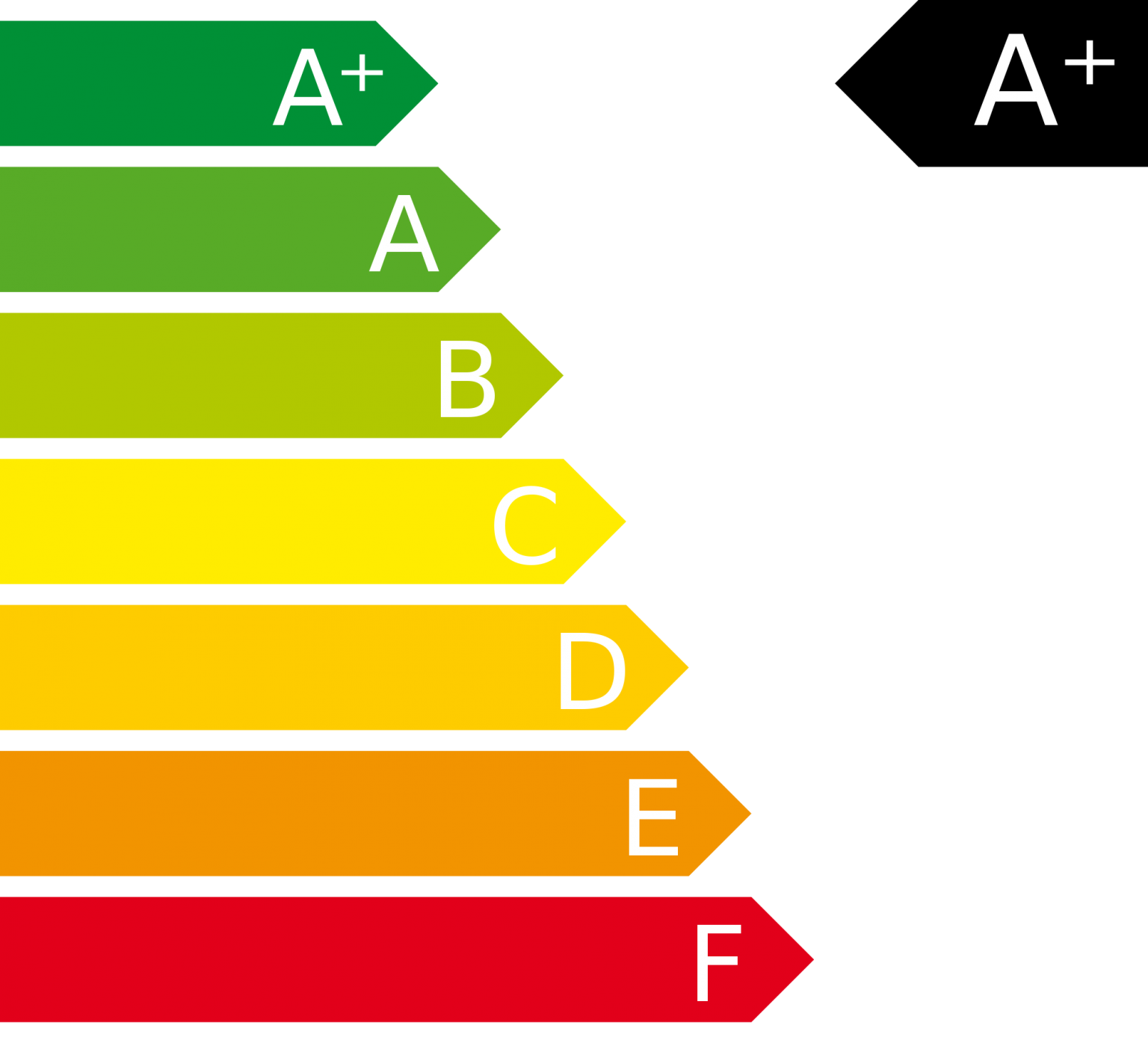What is an Energy Performance Certificate
An Energy Performance Certificate or otherwise an energy certificate is the imprint of the building’s energy consumption, its energy identity. The Energy Performance Certificate shows the comparison with the ideal building of similar dimensions. The comparison shows the energy category, with A + the best and grades A, B +, B, C, D, E, Z to class H, which is the most energy-efficient building category.
For renting and buying a building, home, or apartment, it is mandatory to have an energy certificate. The program”Save Home” also needs it for, which subsidizes energy upgrades to homes up to 70%.
According to Community directives, buildings in the European Union must have an energy identity. This reflects the energy consumption of the building in electricity, gas, oil, renewable energy sources.
Energy Certificate Page 1
Above and to the right is the ID number of the energy certificate. On this code, the property identifies notaries and tax authorities, which is a number of form AP. 1 …… / 2012 AA M98… XBD… -52… -B.
Use general information about the building, the apartment, address number, zip code, year of construction surface, and owner.
The degree of energy efficiency, as we said, is from A + to H and gives the energy category of the building. In practice, the figure derives the comparison with the reference building, the ideal building in the dimensions of our building. Category B says that our home is as energy efficient as and better than the reference building. Buildings currently under construction must have a B Energy Performance Certificate.
At the bottom of the Energy Performance Certificate grading, the annual consumption of kilowatt-hours per square meter gives in detail the reference building and the building that needs evaluation. By dividing the consumption of our compartment by that of the reference building, we find the energy class, e.g., 198 / 73.1, makes us 2,708-category Z (from 2.27 to 2.73). Elements such as annual carbon dioxide emissions are also on the list.
Energy Certificate Page 2
On the second page, there is a reference to the energy used, electricity, oil or gas, or finally, renewable energy sources. Including the contribution to the energy balance of the building, i.e., one hundred, e.g., oil and how much electricity.
It also analyses the primary energy consumed for heating, cooling, hot water, RES, and lighting (lighting is for professional use).
The Energy Inspector recommends improving energy efficiency. For example, a proposal can be made for external thermal insulation in the walls and to calculate the investment cost, repayment time, and primary energy savings.
In the end, the energy certificate shall contain the information of the energy inspector with its stamp and signature.
For further information visit the website of the Ministry of Environment and Energy or contact us.


